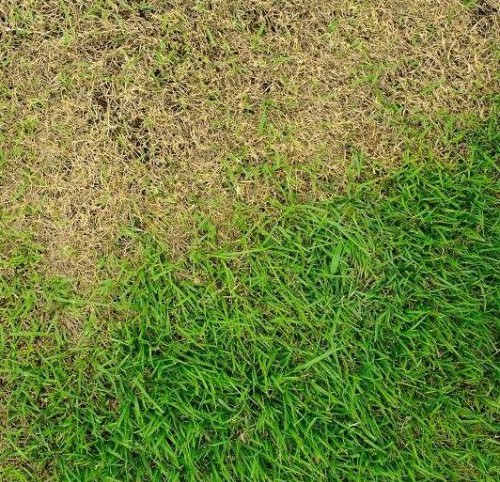The Best Mowing Knowledge

7 Common Lawn Care Mistakes Ruining Your Yard (and How to Fix Them)
You put in the effort—you mow, you water, you fertilize—but your lawn still looks patchy, brown, and unhealthy. What gives? Often, the difference between a struggling lawn and a stunning one comes down to avoiding a few common, but critical, mistakes.
If your yard isn't living up to its potential, you might be making one of these seven lawn care errors. Here’s what they are and how you can fix them for a greener, healthier future.
1. Mowing Too Short (Scalping)
It’s tempting to cut the grass extra short to go longer between mows, but this is one of the worst things you can do. Cutting too low, or "scalping," stresses the plant, reduces its ability to photosynthesize, and exposes the soil to a weed invasion.
- The Fix: Follow the "one-third rule." Never remove more than one-third of the grass blade's height in a single mow. For most common grass types, this means keeping a height of 2.5 to 3 inches.
2. Watering Incorrectly
Both overwatering and underwatering can kill your lawn. Shallow, frequent watering is a common mistake that encourages weak, shallow root systems that can't handle the stress of a hot day.
- The Fix: Water deeply but infrequently. Give your lawn a good soak of about 1 to 1.5 inches of water once or twice a week, depending on the weather. This encourages roots to grow deeper into the soil to find moisture, making the grass more drought-resistant. The best time to water is early in the morning.
3. Mowing with Dull Blades
A dull mower blade doesn't slice the grass; it tears and shreds it. This ragged cut stresses the plant and leaves it vulnerable to disease and pests. If the tips of your grass look frayed and brown a day or two after mowing, you have dull blades.
- The Fix: Sharpen your mower blades at least twice a year—once at the beginning of the season and once mid-summer.
4. Not Aerating the Soil
Over time, the soil in your lawn becomes compacted from foot traffic, mowing, and rain. Compacted soil prevents water, air, and nutrients from reaching the grassroots, essentially starving your lawn.
- The Fix: Aerate your lawn every 1-2 years. Core aeration involves pulling small plugs of soil out of the ground, which loosens it and allows vital resources to reach the root zone.
5. Ignoring Your Soil's pH
Grass is picky about its soil. If your soil is too acidic or too alkaline, the grass can't absorb the nutrients it needs to thrive, no matter how much you fertilize.
- The Fix: Get a simple soil test kit. If your soil is too acidic, you can add lime. If it's too alkaline, you can add sulfur or compost. A balanced pH is the foundation of a healthy lawn.
6. Using the Wrong Fertilizer (Or at the Wrong Time)
Fertilizer isn't a one-size-fits-all solution. Using the wrong kind or applying it at the wrong time of year can either do nothing or actively harm your grass.
- The Fix: Choose a fertilizer that matches your grass type and the season. Most lawns benefit from a feeding schedule in early spring, late spring, late summer, and fall.
7. Letting Thatch Build Up
Thatch is a layer of dead grass, roots, and other organic matter that builds up between the soil and the living grass. A thin layer is fine, but a thick layer can choke your lawn, blocking water and nutrients and creating a breeding ground for pests.
- The Fix: If your thatch layer is more than half an inch thick, it's time to dethatch (or "power rake"). This is best done in the late spring or early fall.
Get it Right Without the Hassle
Avoiding these mistakes can transform your lawn, but it's a lot to keep track of. If you want guaranteed results without the guesswork, let the experts handle it.
At Mowing Best, we do more than just mow. We care about your grass, so call our sister company, Chorbie, for your fertilizer and weed control needs.
Contact us today for a free quote and let us fix the mistakes that are holding your lawn back!


.png)



